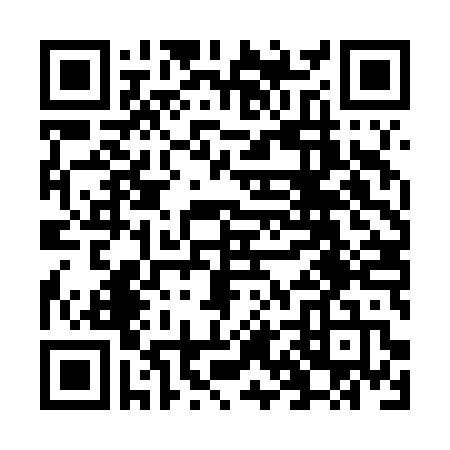①The concept of man versus machine is at least as old as the industrial revolution, but this phenomenon tends to be most acutely felt during economic downturns and fragile recoveries. And yet, it would be a mistake to think we are right now simply experiencing the painful side of a boom and bust cycle. Certain jobs have gone away for good, outmoded by machines. Since technology has such an insatiable appetite for eating up human jobs, this phenomenon will continue to restructure our economy in ways we can’t immediately foresee.
②When there is statistical improvement in the price and performance of technology, jobs that were once thought to be immune from automation suddenly become threatened. This argument has attracted a lot of attention, via the success of the book Race Against the Machine, by Erik Brynjolfsson and Andrew McAfee, who both hail from MIT’s Center for Digital Business.
③This is a powerful argument, and a scary one. And yet, John Hagel, author of The Power of Pull and other books, says Brynjolfsson and McAfee miss the reason why these jobs are so vulnerable to technology in the first place.
④Hagel says we have designed jobs in the U.S. that tend to be “tightly scripted” and “highly standardized” ones that leave no room for “individual initiative or creativity.” In short, these are the types of jobs that machines can perform much better at than human beings. That is how we have put a giant target sign on the backs of American workers, Hagel says.
⑤It’s time to reinvent the formula for how work is conducted, since we are still relying on a very 20th century notion of work, Hagel says. In our rapidly changing economy, we more than ever need people in the workplace who can take initiative and exercise their imagination “to respond to unexpected events.” That’s not something machines are good at. They are designed to perform very predictable activities.
Questions 1/1
31. According to the first paragraph, economic downturns would ______.
- Aease the competition of man vs. machine
- Bhighlight machines’ threat to human jobs
- Cprovoke a painful technological revolution
- Doutmode our current economic structure
考研英语二真题强化课程
返回1.完形填空真题精讲
2.阅读理解Part A真题精讲(2011年)
-
2.1 大纲解析及解题方法
[09:51 ]
-
2.2 Text1—21至23题
[14:03 ]
-
2.3 Text1推论题——24题
[07:19 ]
-
2.4 Text1判断题——25题
[04:35]
-
2.5 Text2 题目定位
[04:03]
-
2.6 Text2语义题——26题
[07:00]
-
2.7 Text2细节题——27题
[07:14]
-
2.8 Text2—28至29题
[09:04]
-
2.9 Text2 主旨题——30题
[05:57]
-
2.10 Text3题目定位
[03:44]
-
2.11 Text3—31至33题
[12:22]
-
2.12 Text3 是非判断题——34题
[05:42]
-
2.13 Text3—35题
[06:12]
-
2.14 Text4—36至40题
[18:30 ]
3.阅读理解Part A真题精讲(2014年)
-
3.1 Text1 题目定位
[04:01]
-
3.2 Text1—21至24题
[16:16 ]
-
3.3 Text1 主旨题-25题
[05:02]
-
3.4 Text2 题目定位
[02:55]
-
3.5 Text2—26至27题
[08:21]
-
3.6 Text2—28题
[05:55]
-
3.7 Text2—29至30题
[05:39]
-
3.8 Text3 题目定位
[02:33]
-
3.9 Text3—31题
[06:01 ]
-
3.10 Text3 观点题-32题
[05:45]
-
3.11 Text3—33至35题
[09:32]
-
3.12 Text4 题目定位
[02:33]
-
3.13 Text4—36至40题
[17:57]
4.阅读理解Part B真题精讲
6.小作文真题精讲
7.大作文真题精讲
8.2015年真题套卷精讲
9.2016年真题套卷精讲
10.2017年真题套卷精讲
11.2018年真题套卷精讲
